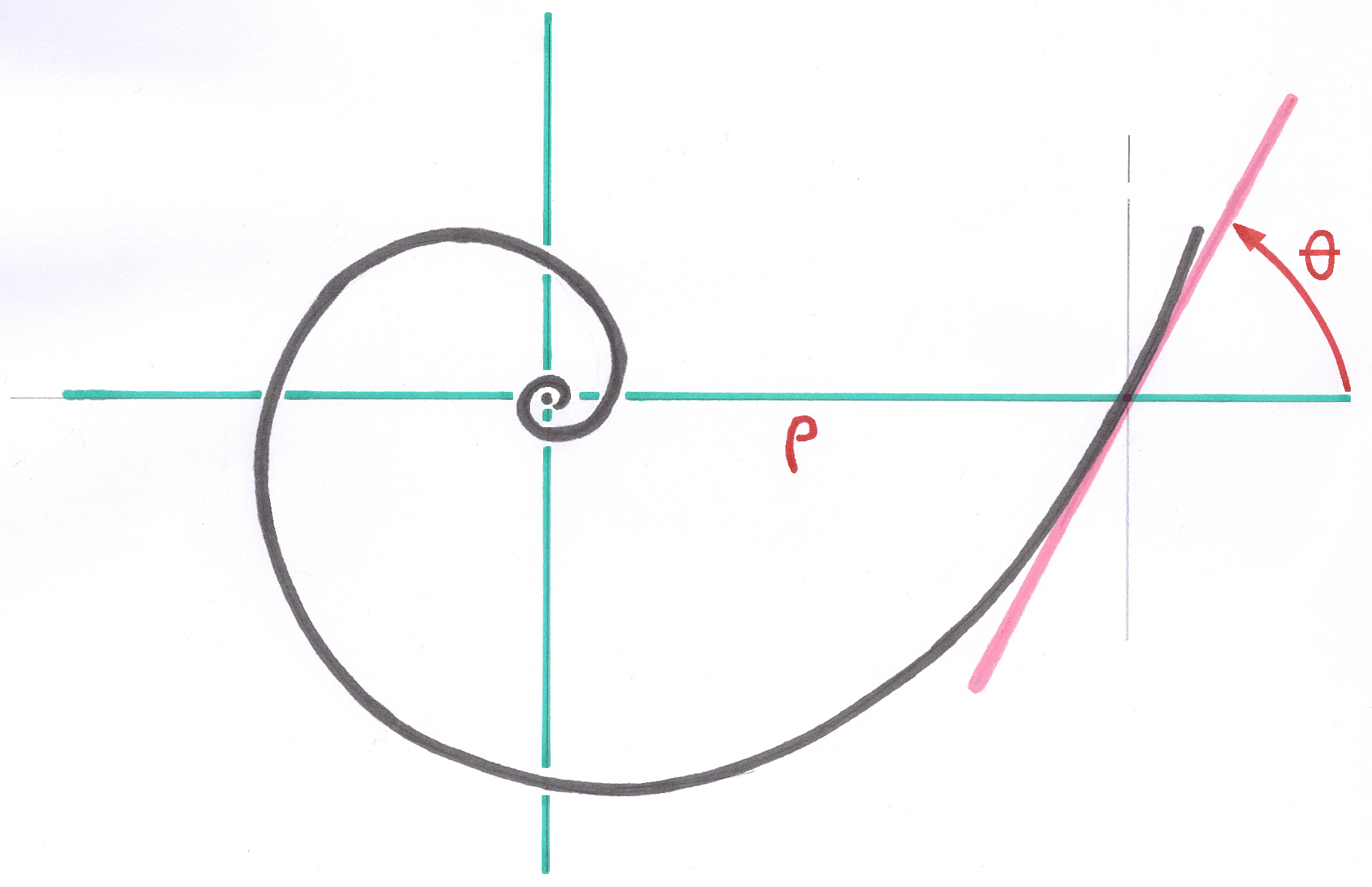4.11. Optimal number of rasp teeth
4.11.1. Summary
The teeth of the rasps of stems of first generation presented the same variation of 5 mm for all the sizes. The rasps of the stems of small sizes thus had much less teeth than the rasps of the big sizes. For the Operator whose force is constant, with the same coaxial hammer, the apparent resistance of these rasps in the diaphysis as well as the effectiveness of the shocks varied enormously.
In addition, the notched structure left in the diaphysis after the rasping became awkward for the small sizes.
I thus sought, for the rasps of series SL Plus, one quasi constancy of the feelings of resistance by the Operator at the time of the rasping some is the size in progress.
The calculation of rasps SL Plus is integrated in the calculation program of the stems. The adaptation of the rasps to the corresponding stems is rigorous including for the voluntary differences in design (see 4.9. and 4.10.).
All the sizes of graters receive the same number of teeth, with intervals, between each tooth, slaved to the length of the anchoring zone.
4.11.2. Optimal number of Teeth of the Rasps

The rasps intended for the stems with Geometric Anchoring of my design present about fifty teeth.
The number of teeth was constant for all the sizes contrary to the teeth of the rasps of Zweymüller first generation in which I did not take part and where the interval between the teeth ( 5mm ) was constant for all the sizes with the result that the small sizes had significantly less teeth than the big sizes.
If a rasp presents not enough teeth, the effect of each tooth is too effective in the manner of the struck scissors and detaches too important chips from the bone, too thick, and who will not be detached during the withdrawal of the rasp and the following penetration of the same rasp.
With a rasp for small size, having less teeth than the rasps of big size, resistance to striking decreases and the operator does not have the feeling of resistance necessary to stop rasping.
A rasp whose teeth are too spaced lets remain stairs all along the osseous bed at the end of rasping. These stairs were very visible in the course of operation with the rasps of Zweymüller first generation and even sometimes visible on postoperative radiographies. Spacing between the teeth of these rasps reached 5 mm
So with an aim a priori creditable but erroneous to obtain a more regular osseous bed, the originator of the rasps increases in an excessive way the number of teeth by making them resemble a file, whereas this instrument does not work like a file with a great number of cycles, one observes two very negative phenomena:
1. on the one hand a premature blocking i.e. that enough quickly, before to have even obtained a correct preparation, the rasp does not progress any more and each shock of hammer have very little effect on the progression.
1. secondly, a surface of bone rectified proportionally less large, by the rasping of a big size, that obtained by the rasping of a small size whereas the weight of the patients and the pressures applied to the stem vary more quickly than the size of the stems.
I thus evaluated a correct compromise between these phenomena and a number of levels of teeth from 45 proved to be ideal. The constant number of teeth of a size to following, and practically for all the sizes of rasps, makes it possible the operator to have a feeling of appreciably constant resistance.
The operator can on the one hand better feel the effect of rasping than it obtains, and on the other hand to realize in a more obvious way the end of rasping, to stop, note that the preparation is finished and to pass to the test of the stem, possibly leaves to remake a cycle of rasping if the stem is a little too high.
A rasp whose teeth are too tight is ineffective because the hollows between the teeth would prematurely be filled by relatively adherent bone debris.
----
